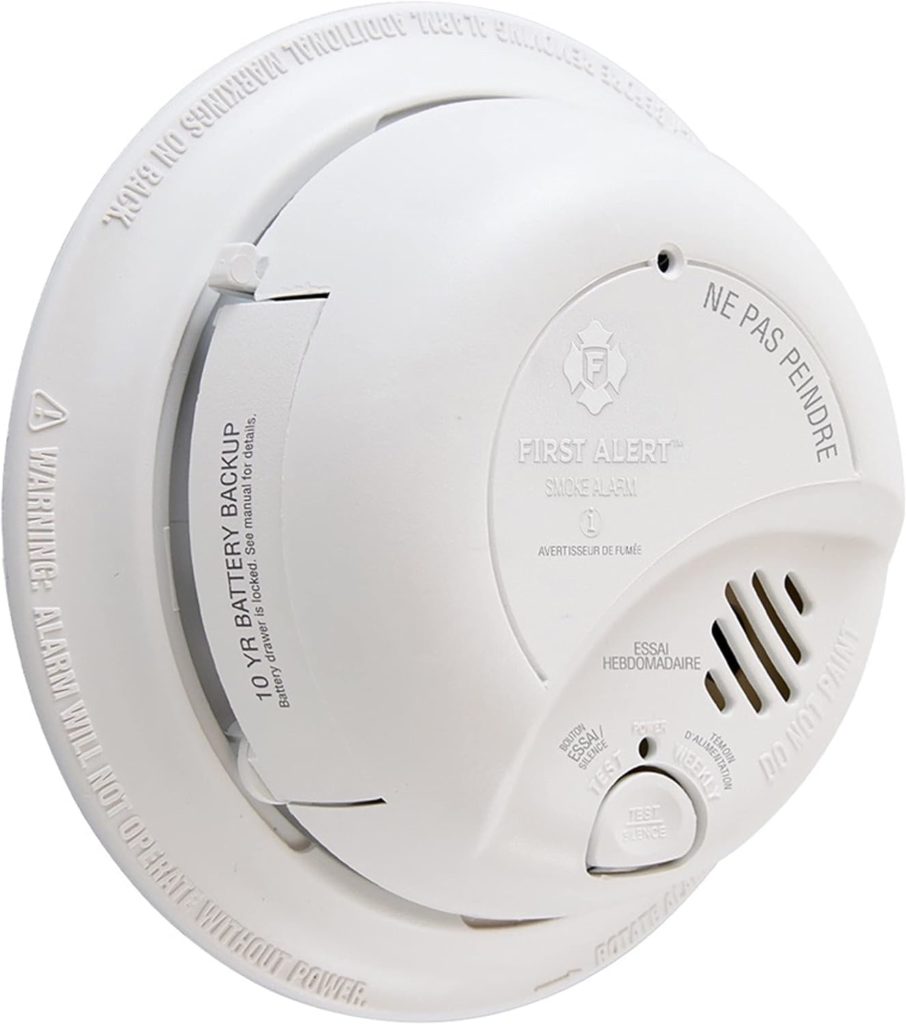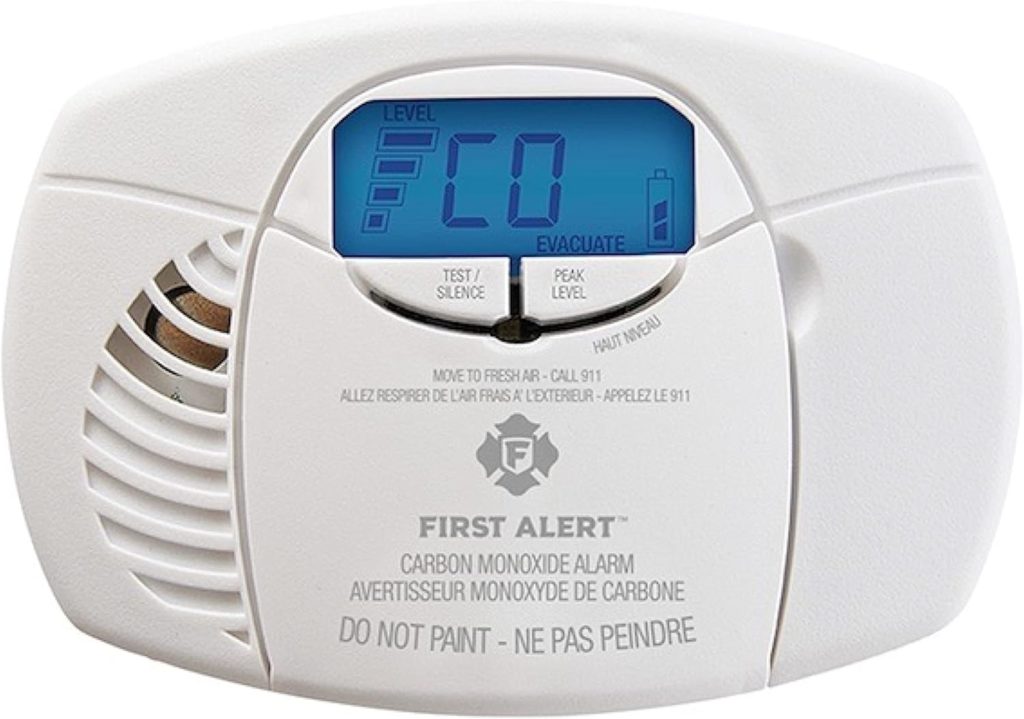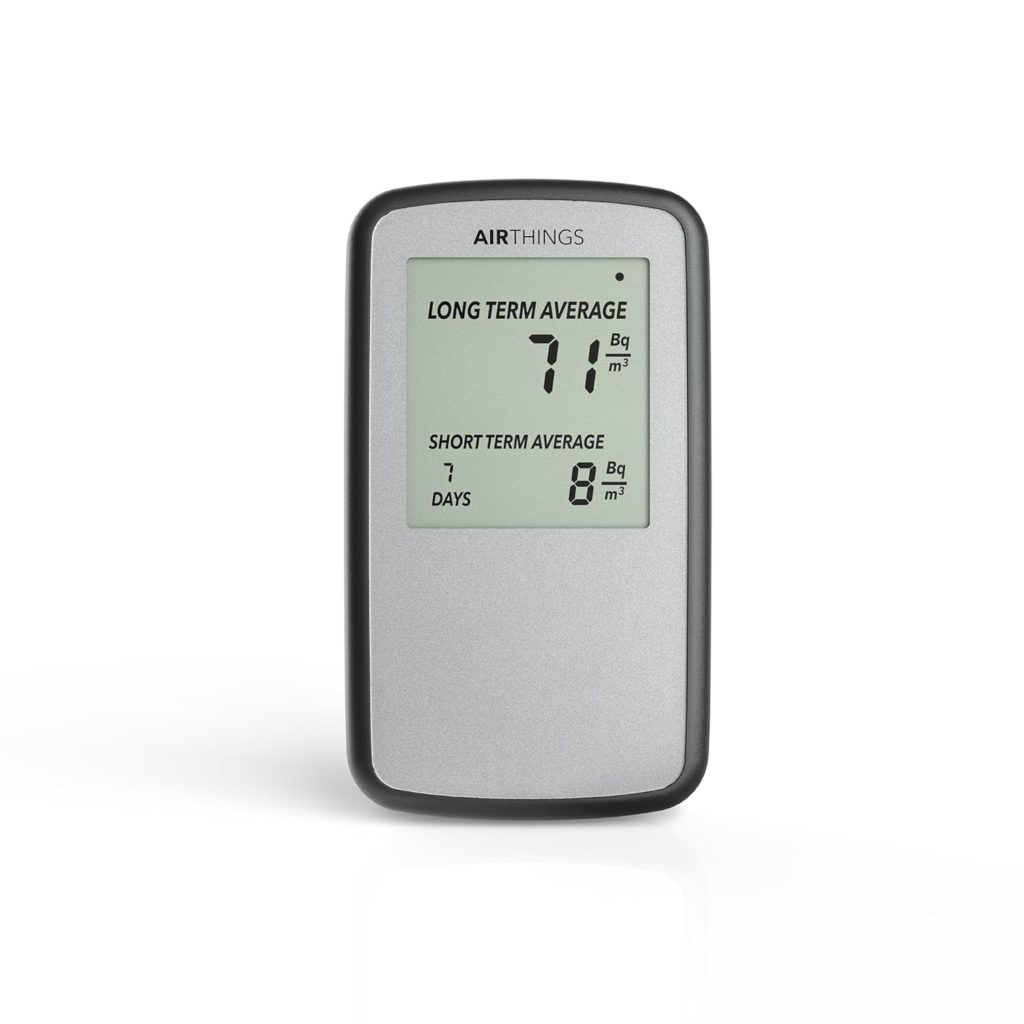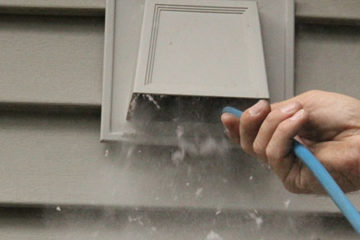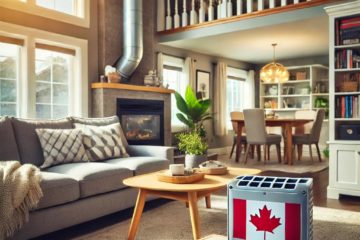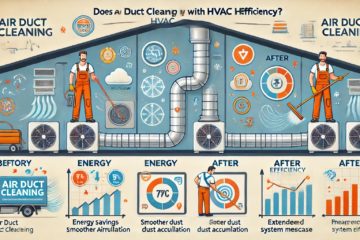When it comes to safeguarding your home and family, three safety detectors stand out as life-saving essentials: Smoke Detectors, Carbon Monoxide Detectors, and Radon Detectors. These devices not only protect against immediate dangers but also play a critical role in maintaining a healthy indoor environment. Let’s explore how these three safety detectors save lives and contribute to better indoor air quality.
Smoke Detectors: A First Line of Defense
Smoke detectors are the first line of defence in a fire emergency. They work by sensing smoke particles in the air, triggering an alarm that alerts occupants to evacuate immediately. Early detection is crucial, as it can mean the difference between life and death in a fire. By providing an early warning, smoke detectors give you the precious time needed to escape safely.
Types of Smoke Detectors
There are two main types of smoke detectors: photoelectric and ionization. Photoelectric detectors are more responsive to smouldering fires, which produce a lot of smoke but little flame, while ionization detectors are better at detecting fast-flaming fires. To ensure comprehensive protection, it’s often recommended to have both types or a combination unit in your home.
Installation and Maintenance Tips
Proper installation and maintenance of smoke detectors are essential for their effectiveness. Smoke detectors should be installed on every level of your home, inside each bedroom, and outside sleeping areas. Regularly test the alarms and replace batteries at least once a year. Additionally, replace the entire unit every 10 years to ensure optimal performance.
Carbon Monoxide Detectors: The Silent Protector
Carbon monoxide (CO) is a colourless, odourless gas that can be deadly if inhaled in large amounts. It is produced by burning fuel in vehicles, stoves, lanterns, grills, fireplaces, gas ranges, and furnaces. Because you can’t see or smell carbon monoxide, it’s often called the “silent killer.”
How Carbon Monoxide Detectors Save Lives
Carbon monoxide detectors are essential because they alert you to the presence of CO gas before it reaches dangerous levels. These detectors continuously monitor the air for CO and sound an alarm if harmful levels are detected, allowing you to evacuate and address the source of the leak.
Where to Place Carbon Monoxide Detectors
Place CO detectors on each level of your home, particularly near sleeping areas, and ensure they are installed at least five feet above the ground, where CO gas tends to accumulate. It’s also important to have detectors near any fuel-burning appliances and in your garage. Read here for more information on Carbon Monoxide
Radon Detectors: Protecting Against an Invisible Threat
Radon is a radioactive gas that occurs naturally in the soil and can enter your home through cracks and gaps in the foundation. Long-term exposure to high levels of radon is the second leading cause of lung cancer after smoking. Since radon is invisible and odourless, it can pose a significant health risk without detection.
How Radon Detectors Work
Radon detectors measure the levels of radon gas in your home. There are short-term and long-term detectors, with long-term detectors providing a more accurate assessment of your home’s radon levels. If high levels are detected, steps can be taken to mitigate the radon, such as sealing foundation cracks or improving ventilation.
Reducing Radon Levels in Your Home
If your radon detector shows elevated levels, it’s important to take action. Professional radon mitigation services can reduce radon levels in your home, significantly lowering the risk of lung cancer for you and your family. Read here for more information on Radon
How These Safety Detectors Contribute to Healthier Indoor Air
The three safety detectors—Smoke, Carbon Monoxide, and Radon—play a vital role in maintaining healthy indoor air quality. Smoke detectors prevent inhalation of harmful smoke, CO detectors alert you to toxic gas, and radon detectors protect you from long-term radiation exposure. Together, they help ensure the air you breathe is safe.
Other Measures to Improve Indoor Air Quality
Beyond installing these detectors, there are other steps you can take to improve indoor air quality. Regular maintenance of your HVAC system, using air purifiers, and ensuring proper ventilation are all effective ways to keep your home’s air clean and safe.
Investing in these three safety detectors is one of the most important steps you can take to protect your home and family. By ensuring your smoke detectors, carbon monoxide detectors, and radon detectors are properly installed and maintained, you are safeguarding your loved ones from some of the most dangerous threats to indoor air quality and overall health.
